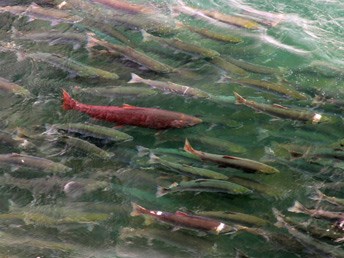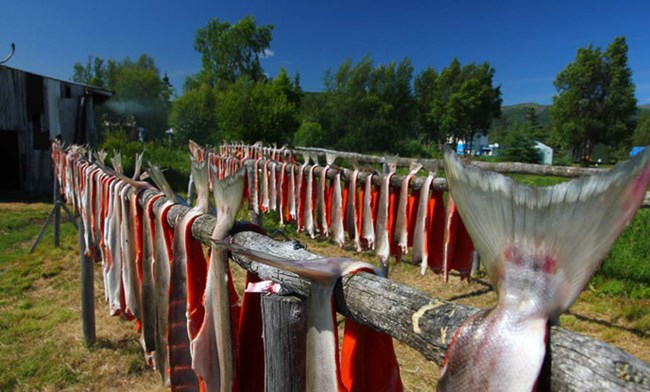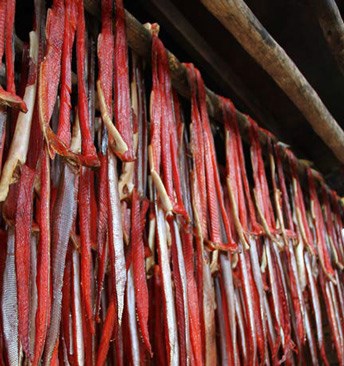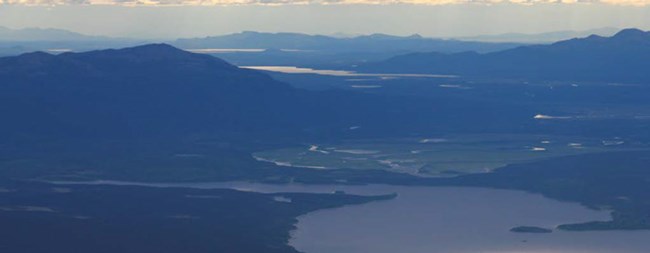
-Synthesized from founding legislation – Alaska National Interest Lands Conservation Act of 1980, 94 STAT. 2371 Public Law Areas of ConcernWith the proposed development of what may be the world’s largest open pit mine and the impact of a widespread mining district 15 miles from the Park’s western boundary, the National Park Service has concerns including:

Ecological IntegritySalmon are the single largest influx of nutrients into the ecological systems f the Park. Virtually all wildlife species depend on the return of salmon. Returning salmon (almost a half-million to Lake Clark in 2012) swim through Iliamna Lake, which may be at risk from mining operations. Copper is the most toxic element to aquatic life and even at very low concentrations may affect a salmon’s ability to return to its spawning grounds. Toxic mining waste would require effective perpetual containment to prevent contamination of Iliamna Lake, the Kvichak River, and other watersheds important to Bristol Bay and the Park. Continuing Subsistence OpportunitiesDena’ina Athabaskan and other local people depend on subsistence resources in and around the park for cultural and physical sustenance. Active Surface Water & Lack of Information on GroundwaterThis is a region of known active surface and groundwater. Northern portions of the mining district are in the Chulitna Watershed, the largest watershed flowing into Lake Clark. The Chulitna River represents an area of both ecological and subsistence importance. We do not know if the Chulitna watershed within the park (pictured above) is connected to the Pebble Prospect site (immediately adjacent) through underground water movement. Air QualityLarge scale open pit mines can produce significant and toxic dust. The Park is 15 miles from the proposed open pit mine. Prevailing summer winds place park lands immediately downwind. Blasting NoiseIt is unknown how noise associated with mining may affect wildlife migrations for species such as caribou and wolves. Recreational OpportunityThe park offers world-class wilderness recreation as well as supports significant economic opportunities for fishing and recreational lodges and guide services. 
Subsistence as a Way of Life
For the past 100 years the people of Nondalton Village have largely derived their subsistence fish, game, and water fowl from the Chulitna River and Six Mile Lake drainages. These areas in side and adjacent to the park have potential for impact from mining. One half million acres of land are claimed for mining in the district with the Pebble prospect being only 20 miles from Nondalton Village.

More InformationAn overview assessment can be found in the EPA’s report, An Assessment of Potential Mining Impacts on Salmon Ecosystems of Bristol Bay, Alaska.Updates can be found on the EPA Bristol Bay website. |
Last updated: June 27, 2017
